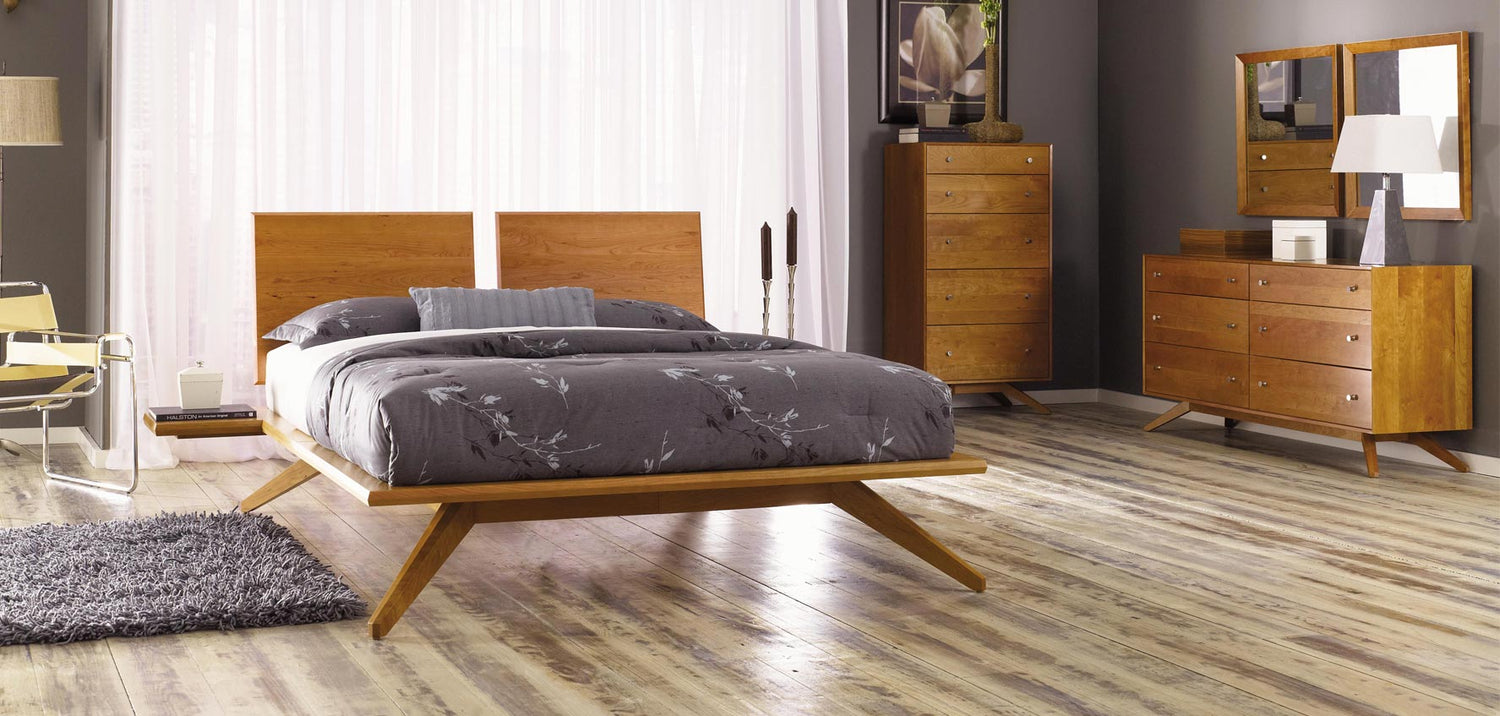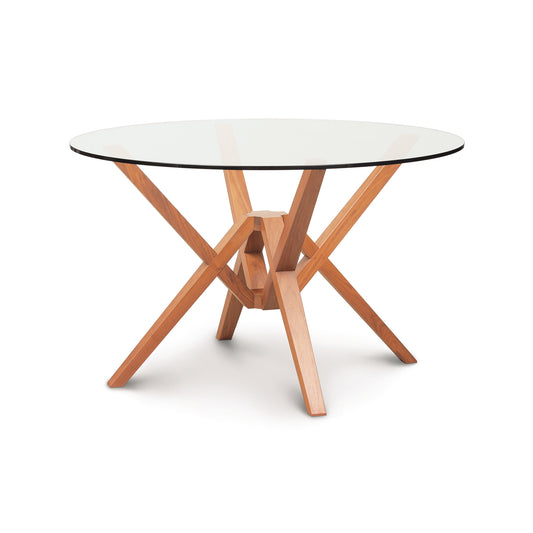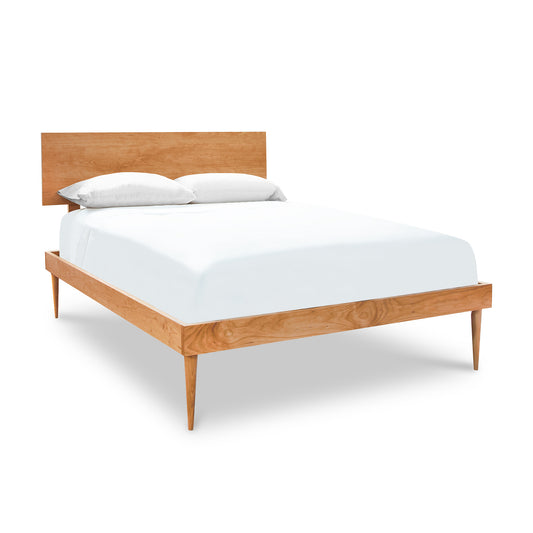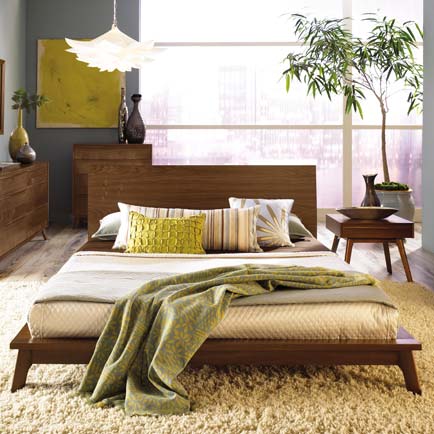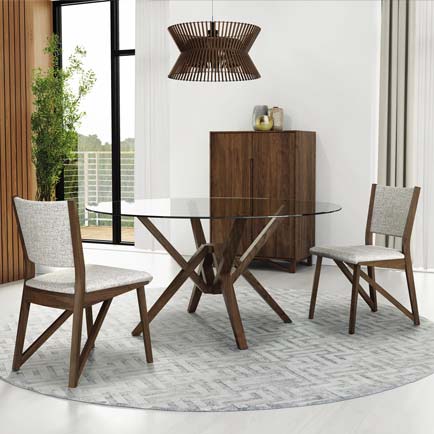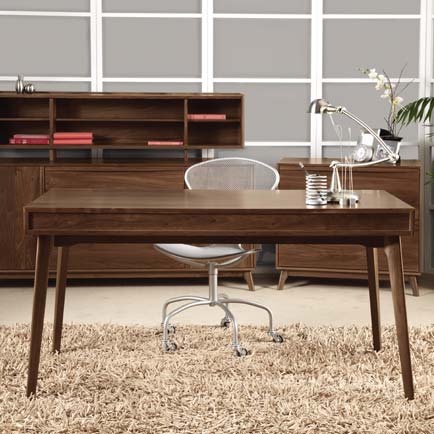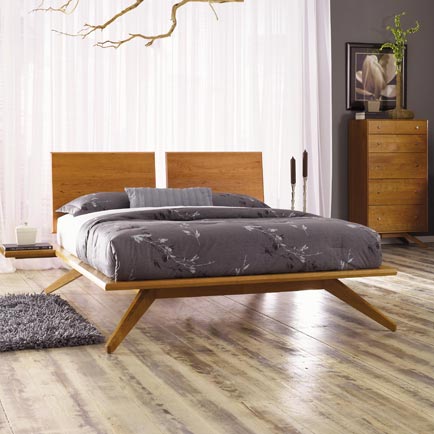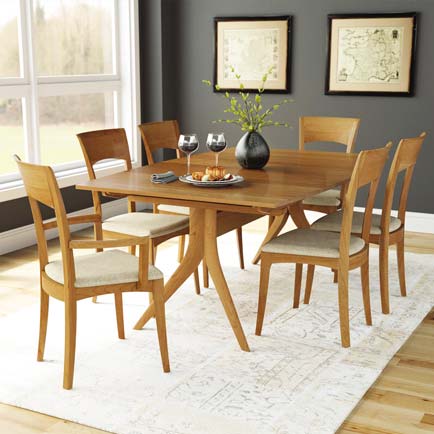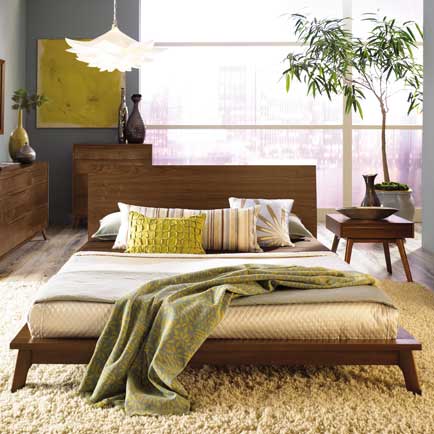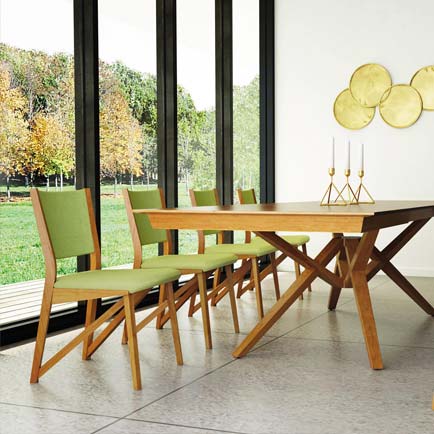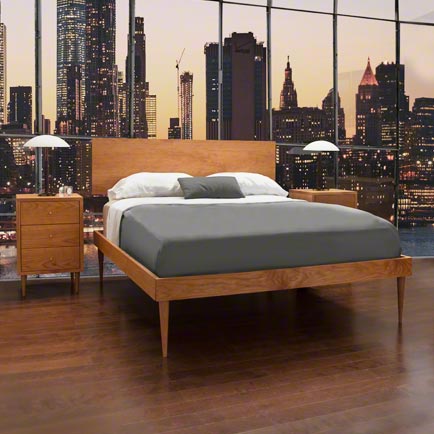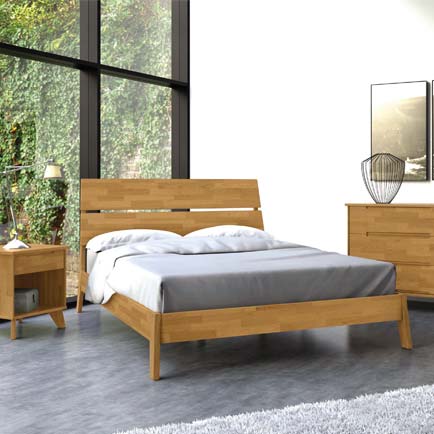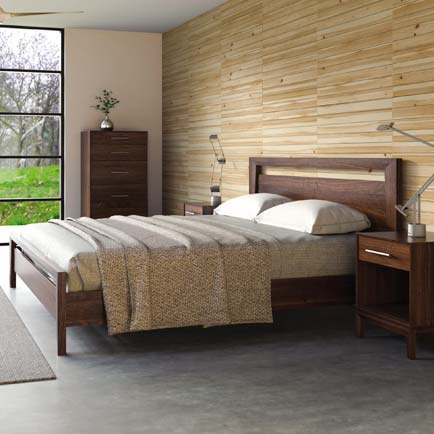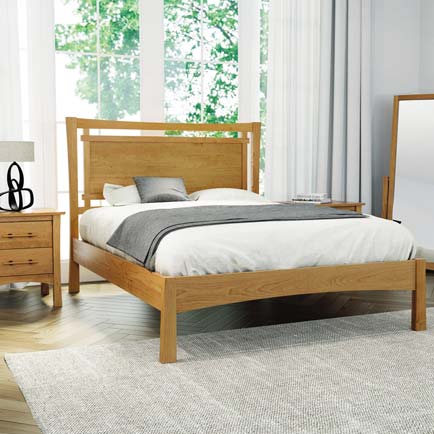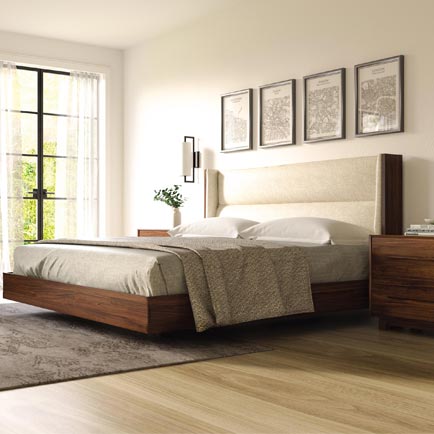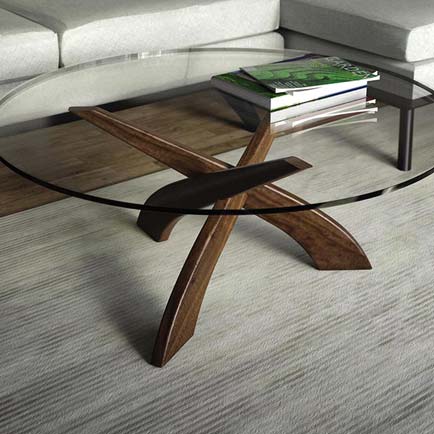Mid Century Modern Furniture 101: Everything You Need to Know
Mid-Century Modern furniture is characterized by its clean lines, gentle curves, and organic shapes. This style originated mid-20th century, hence its name but thanks to its elegant simplicity and timeless aesthetic, Mid-Century Modern MCM furniture is still highly popular in contemporary interior design.
-
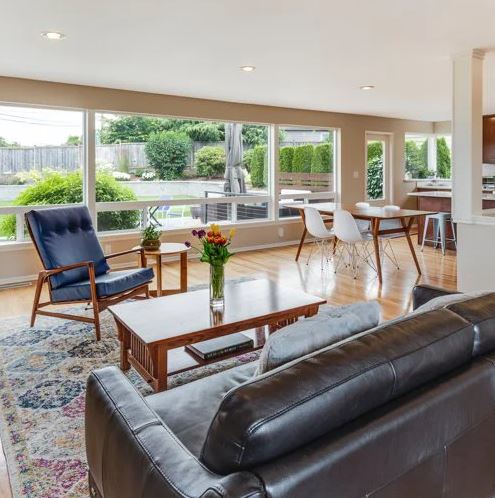
Notice how the smooth curves of the wooden lounge chair and dining table legs meld seamlessly with the black leather sofa, white plastic chairs, blue cushions and colorful rug. This type of diversity in material, color, and texture is a hallmark of mid-century design.
-
What is Mid Century Modern Design?
Mid-Century Modern, or MCM, is a design philosophy that emerged in the mid 20th century. It blends efficient design with highly varied textures, materials, and colors.
In todays market, you may also see Mid-Century Modern furniture labelled MCM for short. Some of the characteristics that define this style are:
- Simplistic: Ornate elements are used sparingly if at all.
- Functional: Abides by architect Louis Sullivans philosophy, Form follows function.
- Organic: Uses shapes found in nature that tend to lead to soft curves.
- Geometric: Utilizes basic shapes for clean lines and sleek edges.
- Diverse: Embraces a large range of materials and colors
The History of Mid-Century Modern
While there is some debate over the exact year of origin, most can agree that this style dates back to the mid-1930s through to the mid-1960s. However, it wasnt until 1983 that the descriptor Mid-Century Modern became a household phrase.
Art historian and writer, Cara Greenberg, coined the term with the title of her book, Mid-Century Modern: Furniture of the 1950s. Fast forward over 60 years, Mid-Century Modern is now widely recognized as a term and significant design movement by the general public, museums, and scholars.
As for the style itself, MCM was highly influenced by Danish Modernism and the German style/school of design, Bauhaus. With the changes that World War II brought to Germany, America suddenly found itself with immigrants that were both trained and practiced in this style. This combined with the baby boom and the urgent need for housing with modern furniture birthed a new era of technological advances and exploration of new material in design.
Materials like molded plywood, plastic, glass, metal, and fiberglass were suddenly commonplace. Many becoming the basis for iconic furniture designs by designers, such as Charles and Ray Eames, George Nelson, Herman Miller, Arne Jacobsen, and Eero Saarinenjust to name a few.
Mid-Century Modern Vs. Modern Industrial
With both styles exploding onto the interior design scene after World War II, modern in both names, and their popularity in todays market, there are some definite similarities between Mid-Century Modern and Modern Industrial. However, there are also some key differences that you should note.
-
Mid Century Modern
- Clean and finished edges with a uniform finish.
- Comes in an array of colors, including bold hues
- An elegant style free of imperfections
- Not overly ornate
-
Modern Industrial
- Embraces materials in their rough, unfinished form.
- Often uses neutral tones and monotone color schemes
- An edgier style that welcomes natural characteristics like live edges and burls
- Embellishes with contrasting material
When built by master craftsmen like the ones we work with at Vermont Woods Studios, both mid-century and modern industrial style furniture are built to last for generations.
Mid-Century Design Colors
Mid-Century Modern design philosophy is well known for its use of vibrant colors-- often embracing shades like mustard yellow, aqua, tangerine, olive green, and fire engine red. However, these attention grabbers cant do it alone. Tones of gray, brown, and white are needed to ground the design, contrast any colorful accents, and cultivate MCMs signature style.
Bright, bold colors contrasted with light and dark woods are a common theme of mid-century modern designs.
One simple way that Mid-Century interior design incorporates earthier shades is with wood furniture and finishings. Not only can wood help strike the perfect balance in a room, but wooden Mid-Century Modern furniture is available in an array of hardwoods that each offer their own style and benefits.
Shop Mid Century Furniture by Room
Mid Century Modern Furniture Collections
Read More on the Blog
-
Modern vs Contemporary Design: What's the Difference?
Read MoreModern design will never change, while contemporary design is always being redefined.
-
5 of the Top American Furniture Designers
Read MoreIt's hard to ignore the influence that some of America's most prolific designers have had on the furniture designs produced today.
-
Furniture & Interior Design Trends for 2023
Read MoreDesigners forecast that 70’s-inspired style will continue to influence interior design trends in 2023.
-
Frank Lloyd Wright: The Father of Organic Architecture
Read MoreWright’s furniture designs would evolve from distinctly craftsman into what would help to define the style now known as mid-century modern.
Other Design Philosophies
-
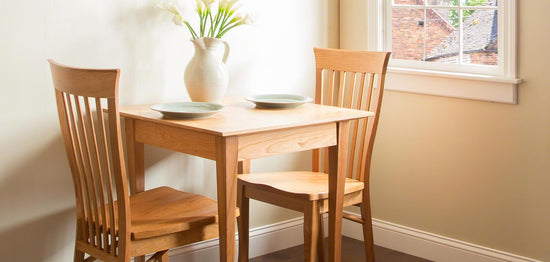
Shaker Style Furniture 101
More About Shaker Furniture -
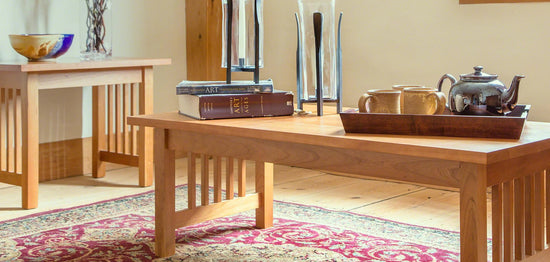
Mission Style Furniture 101
More About Mission Furniture -
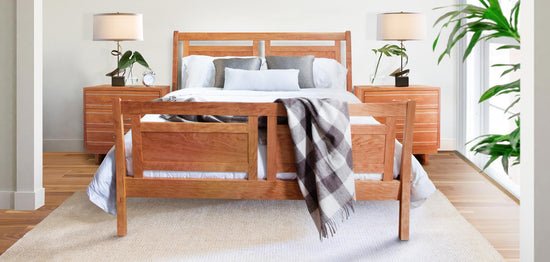
Art Deco 101
More About Art Deco

